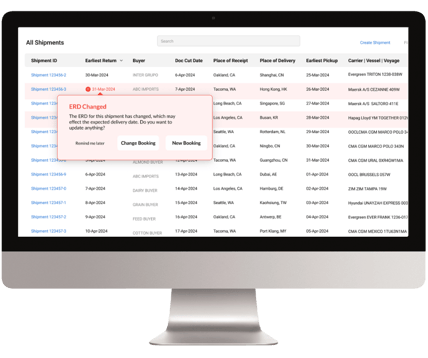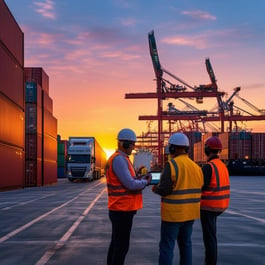- Communication Breakdowns and Coordination Hurdles: Effective communication and coordination among stakeholders are indispensable for the seamless functioning of the Cargo Receiving Window. However, exporters often encounter communication breakdowns and coordination hurdles that impede operational efficiency. A study conducted by the Council of Supply Chain Management Professionals (CSCMP) underscores the importance of real-time information sharing and collaborative decision-making in mitigating delays and optimizing supply chain performance. Addressing communication gaps and fostering stronger partnerships with carriers, freight forwarders, and port authorities are essential steps for alleviating these challenges.
- Regulatory Red Tape and Compliance Complexities: The regulatory landscape governing international trade presents a labyrinth of challenges for US exporters navigating the Cargo Receiving Window. Research published by the International Chamber of Commerce (ICC) underscores the compliance burdens imposed by customs regulations, export controls, and trade agreements. Failure to adhere to these regulations can result in costly penalties, shipment rejections, and reputational damage, highlighting the imperative for exporters to stay abreast of evolving regulatory requirements and invest in robust compliance frameworks.
- Capacity Crunch and Resource Allocation Struggles: The ebb and flow of demand coupled with capacity constraints within transportation networks and storage facilities exacerbate challenges for US exporters in the Cargo Receiving Window. Research conducted by the Journal of Business Logistics emphasizes the impact of capacity crunches on supply chain flexibility and resilience. Exporters often find themselves grappling with resource allocation struggles, as limited capacity leads to heightened competition, increased costs, and delays in securing transportation and storage resources. Collaborative efforts with logistics partners and strategic capacity planning are crucial for mitigating these challenges and ensuring a smooth flow of goods through the Cargo Receiving Window.
In conclusion, US exporters face a myriad of challenges within the Cargo Receiving Window, ranging from logistical gridlock and regulatory complexities to communication breakdowns and capacity constraints. Addressing these challenges requires a multifaceted approach that integrates technology, regulatory compliance, and collaborative partnerships to enhance supply chain resilience and drive sustainable growth in the global marketplace.
Sources:
- Journal of Transport Geography
- International Chamber of Commerce (ICC)
- Council of Supply Chain Management Professionals (CSCMP)
- Gartner
- Journal of Business Logistics






Leave a Comment